Firefighter Whose Petrinja Rescue Dog Was Poisoned Given New Puppy
January 26, 2021 – Firefighter Srđan Botica from Slano near Dubrovnik was inconsolable after his hero Petrinja rescue dog Alice was poisoned a few days ago. Although irreplaceable, Srđan's friends could no longer stand by and watch him grieve undeservedly, so they bought a brand new Belgian Shepherd puppy to cheer him up
Srđan Botica was inconsolable after the death of his dog, Alice. Although she was still quite young, Alice and Srđan had built a strong bond between them. The training required for a dog like Alice to become a specialist search and rescue dog will have that kind of effect. The relationship Srđan established with Alice was strengthened both in his workplace, where Srđan is a firefighter and at home, which is where Srđan brought Alice each evening.
The final test of the pair's attachment was to be the rubble left in the aftermath of the Sisak Moslavina earthquake. Srđan volunteered to travel from Dubrovnik to help in the response. Alice became a Petrinja rescue dog, scouring the damaged and fallen buildings for survivors. The inseparable pair stayed for six days undertaking their work. Srdan and Alice at work after the earthquake
Srdan and Alice at work after the earthquake
As TCN was saddened to report over recent days, the partnership of Srđan Botic and his Petrinja rescue dog Alice was tragically cut short within weeks of their return. Alice was poisoned on the streets of her home in Slano, near Dubrovnik.
Though Petrinja rescue dog Alice was one of a kind and can never be replaced, the friends of firefighter Srđan Botica could no longer sit by and watch his undeserved grief. Over the last couple of days they clubbed together and bought Srđan a new dog. Srđan's new housemate goes by the name of Amy and she's still just a puppy. Amy is a Belgian Shepherd, the exact same breed as Petrinja rescue dog Alice.
It is probably still too early to say whether Amy will follow in Alice's pawsteps to become a search and rescue dog. But, Belgian Shepherds are one of the best-known breeds for this kind of work. They are used as search and rescue dogs by firefighters and mountain rescue in many countries, and as police and military dogs. They have a good reputation as sniffer dogs, particularly in the field of finding illegal drugs. Several Belgian Shepherds have been decorated for bravery and they are very protective of their owners and handlers.
The US Secret Service, Israel Defence Forces, Indian NSG commando unit and Royal Australian Air Force use Belgian Shepherds in their work. The breed is second in number only to the German Shepherd for use across the whole of the US Armed Forces.
Agro Simpa: Honey Analysing Lab Coming to Quake-Stricken Petrinja
As January the 26th, 2021 - When it comes to news about Petrinja since the end of 2020, there has been very little good. The devastating earthquake which struck Sisak-Moslavina County back in December saw Petrinja all but ruined entirely, but some good things are still happening despite the tragedy, thanks to Agro Simpa.
As Poslovni Dnevnik/Darko Bicak writes, despite the natural disaster which hit Petrinja at the end of a pandemic-dominated, economically terrible year, causing absolutely catastrophic consequences and the loss of multiple lives, life and entrepreneurship didn't stop, as has since been evidenced by the company Agro Simpa from Sisak, which announced that it will soon open a new laboratory for the analysis of honey and beeswax in he central Croatian town.
The new Agro Simpa honey laboratory will be located in the very centre of Petrinja, the part of the town that suffered the most terrible damage from the earthquake, and this company has pointed out that despite the problems they encounered, he sill managed to repair the material consequences of the disaster and are continue with the business goals they had previousl set.
As they explained, the new Petrinja laboratory will be equipped with some of the most modern equipment for honey analysis and will be able to perform all analyses according to the honey quality regulations, and they have also purchased a special device, an infrared spectrophotometer FTIR, which will be able to analyse beeswax and its level of purity.
They added that they hope that this is a small step towards the post-earthquake recovery of Petrinja and believe that other entrepreneurs and business owners will also start investing in earthquake-affected areas.
The company Agro Simpa is otherwise the largest chain of agricultural equipment stores in Sisak-Moslavina County, and their range includes the sale of tools and raw materials for agriculture, beekeeping, gardening and household duties.
They are also the distributors to some renowned animal feed factories such as Inberg, TSH Cakovec, Sano, seed corn BC Institute, KWS, Agricultural Institute Osijek.
For the latest travel info, bookmark our main travel info article, which is updated daily.
Read the Croatian Travel Update in your language - now available in 24 languages.
New Seismological Equipment Set Up at Petrinja Cemetery
ZAGREB, 22 January, 2021 - Seismologist Krešimir Kuk set up and presented new earthquake-monitoring equipment at the cemetery in Petrinja on Friday, saying it would monitor the seismic activity of the series of tremors in the wider epicentral area that began recently.
Kuk set up seismographs and accelerographs procured for Croatia's Seismological Survey by the Science and Education Ministry for HRK 4.5 million.
The Petrinja area was struck by a 6.2 magnitude earthquake on 29 December and Kuk said the series of tremors was still very active.
"As expected, in time it will become weaker, both in terms of strength and frequency, but we expect seismic activity for several more months. The more time passes, the weaker the earthquakes," he said, underlining the importance of using reinforced concrete in construction.
Kuk said seismological equipment was very important but that good equipment was never enough because it would cover only the narrow epicentral area.
"There is a shortage of manpower and equipment, and now we must achieve a whole telecommunication infrastructure for the signal from this area to reach Zagreb, where it will be promptly processed. When these 20 seismographs are set up in this wider area, we will be able to say that we have the basis for registering every earthquake that occurs in this wider area in this series."
Having procured this equipment, for the first time in Croatia's history its Seismological Survey has the possibility to rapidly respond in case of stronger earthquakes and a mobile seismological equipment set which will be used across the country as needed.
Petrinja Secondary School Starts Online Classes
ZAGREB, 18 January, 2021 - Petrinja Secondary School started online classes for all programmes on Monday despite the possibility of delaying the beginning of the second school term for a week.
School administration has temporarily been moved from the damaged building, built in 1871, to a private house.
Lessons started at 8 a.m. for all 22 classes, attended by 291 out of 294 students and taught by 42 of the 51 employed teachers, head teacher Milan Orlić told Hina.
Everyone is at home, and the management and administration are here and we offer nearly all services here, Orlić said.
Asked about the health condition of the teachers and students, Orlić said it was satisfactory. The COVID situation is good, and people are under pressure because of the earthquake, he said, adding that two teachers are on five-day leave approved by the government and they have substitutes.
Around 2 p.m. we will have precise data on the number of students who were in class today, Orlić said.
For now, all lessons are being held online, and a solution is being sought in consultation with the Sisak-Moslavina County administration for students who need practical lessons.
All school equipment was taken from the damaged building and stored elsewhere, and the management's plan is to repair a building near the Gavrilović factory which meets structural criteria. The reconstruction of that building could start in a month and its completion is planned for May.
Everyone wants to help, our former students and others, for which we thank them, said Orlić.
Former President Mesić Visits Petrinja
ZAGREB, 16 January, 2021 - Former Croatian president Stjepan Mesić visited Petrinja, the city demolished in a 29 December earthquake, together with Croatian businessman Stjepan Kolenac, who brought a relief shipment from Vienna, both calling for all Croatian friends to join in helping the affected area.
Mayor Darinko Dumbović expressed gratitude for the relief and said the disastrous earthquake that struck Petrinja and Sisak-Moslavina County, following the suffering in the 1991-95 Homeland War and the loss of over 20,000 jobs, touched everyone who came to help.
Every person in the affected area seeks that their needs are met, Dumbović said, adding that the city and the county should be reconstructed through swift procedures, by relying on the EU.
Local people and entrepreneurs should be exempt from many taxes so that they have certain advantages to stay in the area, he said.
Dumbović said the city council would most probably adopt a decision under which people would not pay the water bill and local rates "for at least five, six months." The HRK 35 million Petrinja received from the government should be reallocated so that people have free water and no rates, he added.
"The city is destroyed, not one institution is working, we are starting from zero. First we must tear down, then build, but with reinforced concrete," the mayor said.
Mesić said Petrinja was a city with a history and meaning, and that it should not be reconstructed in a disorganised fashion, but restored to its original look with new materials and safely so that citizens could come back.
Kolenas called on all Croatian citizens living abroad to help Petrinja if they could.
Petrinja Mayor Satisfied With Legislative Solutions for Post-Quake Reconstruction
ZAGREB, 15 January, 2021 - Petrinja Mayor Darinko Dumbović said on Friday that he was satisfied with the proposed legislative regulations for the reconstruction of damaged houses in the quake-hit areas of Sisak-Moslavina County, which will entirely be financed from the state budget.
Asked by reporters if he was satisfied with the legislative regulation on reconstruction, Dumbović said that any law that will be quickly implemented was good.
He elaborated that he was satisfied that the 60:20:20 formula for financing the post-quake reconstruction, which will be applied in Zagreb, had been amended for the quake-affected areas in Sisak and Karlovac Counties so the rebuilding of the damaged houses in that region should be entirely covered from the state budget.
On Thursday, the government sent to the parliament draft amendments to the law on the post-quake reconstruction of the City of Zagreb, Krapina-Zagorje and Zagreb Counties to include the regulation of the reconstruction of Sisak-Moslavina and Karlovac Counties, hit by the 29 December 6.2 magnitude quake.
The state will provide full funding for the reconstruction of the property in which the owner lives in these two counties (Sisak and Karlovac) since they are underdeveloped, according to the explanation provided by Construction Minister Darko Horvat on Thursday.
The law on Zagreb's post-earthquake reconstruction envisages that 60% of the reconstruction cost will be financed by the government, 20% by the local authorities and 20% by property owners.
During his visit to Petrinja, Deputy Prime Minister Boris Milošević today underscored the importance of good cooperation with local government without which results would be absent.
"NGOs are an added value and we have to act together as a team. Any donation helps the people and we have to be grateful for them. It is important that everyone is in warmth and that they have a hot meal," said Milošević.
A delegation of the Serb National Council (SNV) visited Gornja Bačuga where it donated five stoves to vulnerable families and presented a donation from the Red Cross consisting of 500 pairs of rubber boots, adding that another 1,000 pairs are expected to arrive soon.
Gavrilović Donates Building, Land for Future High School in Petrinja
ZAGREB, 15 January, 2021 - The Gavrilović meat industry has donated one of its buildings and land for the construction of a secondary school, playground, parking lot and other infrastructure in Petrinja, the company said on Friday after a donation contract was signed with representatives of the Petrinja High School.
The Gavrilović company, based in the town that was hit by a 6.2 magnitude earthquake on 29 December, when the town high school was also destroyed, said it was donating a 2,400-square-metre building and a yard with an area of more than 8,000 square metres.
The donation was made in line with a promise the company's CEO, Georg Gavrilović, gave Prime Minister Andrej Plenković during his visit to the town, to help in the speedy normalisation of life in the town.
56-Year-Old Petrinja Man Commits Suicide Using Explosives
As Index writes on the 13th of January, 2021, a 56-year-old Petrinja man tragically committed suicide in the early hours of the morning today by activating an explosive device, the local Sisak-Moslavina police have confirmed.
Immediately after the report of the explosion, an investigative team from the Sisak-Moslavina police went to the horrendous scene to determine all the circumstances surrounding this event, the spokesman for the Sisak-Moslavina Police Department, Dario Kacmarcik, told Hina.
The local police haven't revealed the precise details of the Petrinja man's suicide, but more should be known after the inquest is completed.
"The people from this area have been traumatised, this is the sad fate of someone which sends out a message to everyone. Croatian defenders and those who created the Croatian state must be put in first place. Psychological help is coming, and the question of just how much such help will be needed is now gaining in importance.
I'm very sorry, my condolences go out the whole family , when I see what this family is going through and what that Petrinja man who raised his own hand against himself was experiencing... Well, that's the question of all questions,'' said the mayor of Petrinja, Darinko Dumbovic when commenting on the tragic event.
Due to the great need for psychological and psychiatric support in the areas affected by the recent devastating earthquake, mobile teams offering professional psychological and psychiatric support have been formed. They currently operate in the areas of Sisak, Petrinja and Glina.
Given the large area that needs to be covered in quake-hit central Croatia, the Crisis Staff of the Ministry of Health has organised the main coordinators through which professional assistance is provided to each area.
Over 32,500 Damaged Sisak-Moslavina County Buildings Reported
January 13, 2021 – So far, over 32,500 damaged Sisak-Moslavina County buildings have been reported, with just under half having already been visited for inspection
Building inspections have been ceaseless since the large earthquake struck the area. They will continue for many more weeks to come. So far, more than 32,500 damaged Sisak-Moslavina County buildings have been reported. Building inspectors have already managed to reach just under half of those, visiting to assess if homes and workplaces can safely be returned to. For the unlucky ones, the answer will sadly be no.
The county issued a report on the building inspection progress on Tuesday 12 January. The report stated that of the damaged Sisak-Moslavina County buildings already inspected, there are 5,673 facilities that can be used but with a recommendation for action. The report also detailed that the exact number of damaged Sisak-Moslavina County buildings reported up until yesterday was 32,567. Just under half of them have already been inspected - 15,187.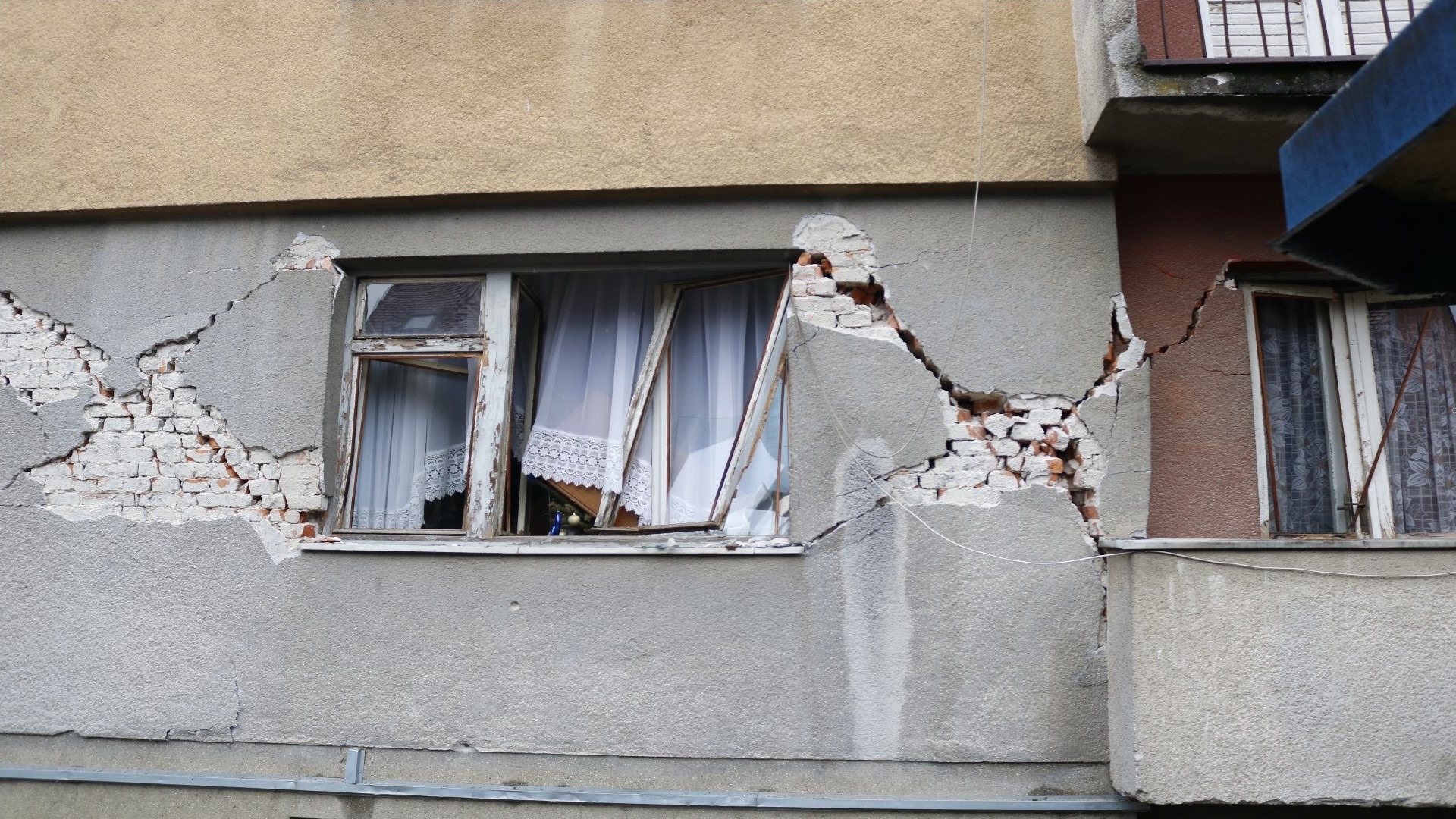 Just under half of the buildings that have been reported as damaged have already been visited by inspectors for an initial assessment. The process of inspections will last for many weeks to come
Just under half of the buildings that have been reported as damaged have already been visited by inspectors for an initial assessment. The process of inspections will last for many weeks to come
179 damaged Sisak-Moslavina County buildings have already been classed as unusable due to external influences, with a further 2,032 also classed as such due to damage. A total of 1,615 damaged Sisak-Moslavina County buildings have been classed as temporarily unusable by initial surveys. These will require return visits for a more detailed inspection.
A further 1,932 buildings were similarly classed as temporarily unusable, but were earmarked for urgent interventions to prevent further deterioration in the structures. Within the report, 402 buildings were assessed as being usable and undamaged, and 3,354 buildings were classed as being usable without restrictions. In the opinion of inspectors, 5673 have been assessed as usable but with the recommendation of works to take place which will ensure their integrity.
PHOTOS: Changing Face of Historic Petrinja - How It Used To Look
January 12, 2021 – The pictures of Sisak-Moslavina after the earthquake of late 2020 tell a terrible tale. Sitting close to the epicentre, the town of Petrinja was badly damaged. Once the main town of the area, this is not the first tragedy it has undergone. Nor is it the only tragedy it will overcome. The devastating pictures we currently see are not the real Petrinja. These images are temporary. Historic Petrinja has survived the attack of invading armies, of changing politics and regimes. It has rebuilt, kept its heart and retained its community. The following pictures remind us of historic Petrinja through the ages – how it once was, and how it will be again
"From 1991 to 1995 we were occupied," one resident of historic Petrinja tells TCN of his remembrances of the Homeland war. "Here and near Karlovac was the closest they got to Zagreb. If you think about it, that's really close. The town was devastated. My street was burned almost completely to the ground. My house included. I think maybe 5 houses in the whole street survived. That's from a total of around 50."
Were these houses destroyed by guns attacking the occupiers or by those occupying the town? (your interviewer asks, perhaps naively)
"Ha! (a dry laugh) They were destroyed by those occupying the town".
Why would anyone do that to a town that they wanted to be part of their country?
"For over 20 years I ask myself the same question, Marc. I still do not have an answer to this day. They burned half of the city immediately after the occupation began. We saw our town burning to the ground. I was just a child at this time, my family fled to Sisak."
 Croatian Home (Hrvatski Dom). At the time of this image, the building was located on Banska street. Today, it is known as Matije Gupca street
Croatian Home (Hrvatski Dom). At the time of this image, the building was located on Banska street. Today, it is known as Matije Gupca street


Croatian Home (Hrvatski Dom) on Banska street (today's Matije Gupca Street)
Formerly Školska street, this street is today known as Gundulićeva

Today's secondary school building, formerly a teacher training school and a grammar school on Školska street (today's Gundulićeva)

View of the former town courthouse from Petrinja town park
The town of Petrinja occurs where the river Petrinjčica meets the river Kupa , about 13 km southwest of Sisak and about 48 km southeast of Zagreb. Historic Petrinja is the capital of an area today known as Banija or Banovina (both are correct). The prefix 'Ban' refers to the title of a royal appointed 'duke', or similar, who used to run the area (or not) when it was part of the Austrian empire.
Many people have travelled very far to help the relief efforts since the earthquake of late December 2020. Because some people have no homes, no electricity, no food, no jobs, no heat. And it is the middle of winter. Others stay at home and argue online about whether the area should be referred to as Banija or Banjovina. How - and if - you judge such a debate is entirely your choice.


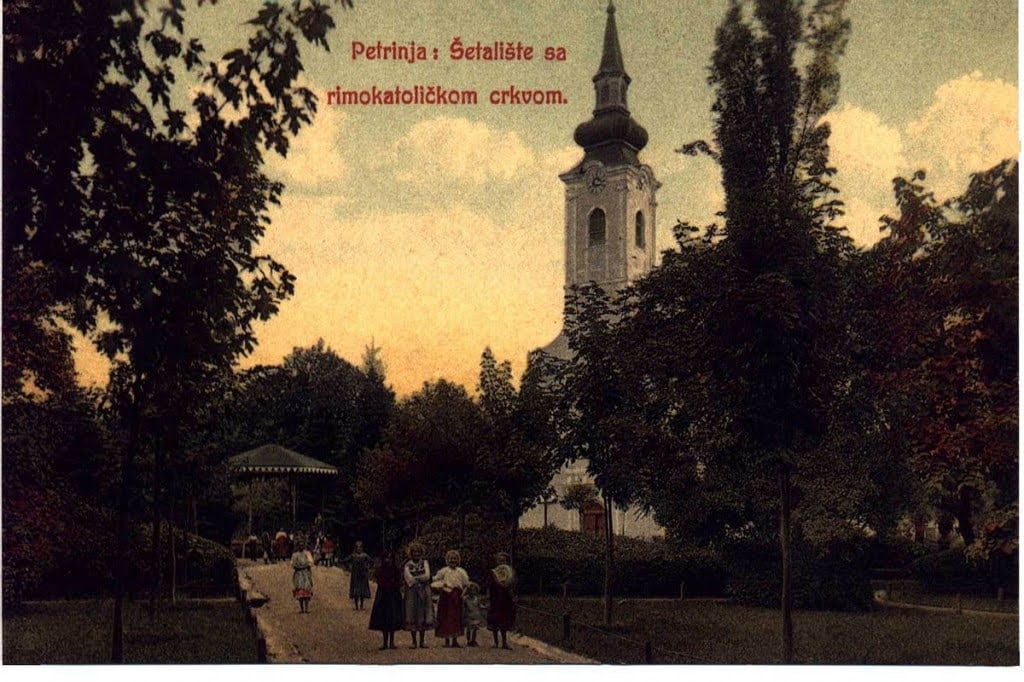


 Church of St. Lawrence in the town park
Church of St. Lawrence in the town park
After fleeing from the invading ottomans, the Gavrilović family located in the area of historic Petrinja during the mid 17th century. In the year 1773, the Empress Marija Teresa decided Petrinja would be a centre of craft guilds, including the butcher's guild, of which the Gavrilović family were a part.
In the early 1800s, the Gavrilović family became the main suppliers of meat for Napoleon’s troops located here, on the former military frontier. By 1883, long after the departure of the French, the Gavrilović meat factory employed 50 people and slaughtered 50 pigs a day. It became Croatia's first salami, sausages and cured meats factory.
 Croatia's first salami factory on Srnakova / Gundulićeva street
Croatia's first salami factory on Srnakova / Gundulićeva street

Iron bridge over the river Petrinjčica, Matije Gupca Street Trgovačka street, today known as Nazorova street
Trgovačka street, today known as Nazorova street
The town dates back to at least the 13th century, as does its first fortifications, built to stand against the invading Tartars. The city was granted free royal status during this time for its defence against these invaders

 The town hotel, on Turkulinova / Nazorova street
The town hotel, on Turkulinova / Nazorova street
Petrinja springhead/water source on Jelen hill
The grand opening of the city waterworks, on the hills overlooking Petrinja
 Contemporary view
Contemporary view
Historic Petrinja: The Yugoslav era





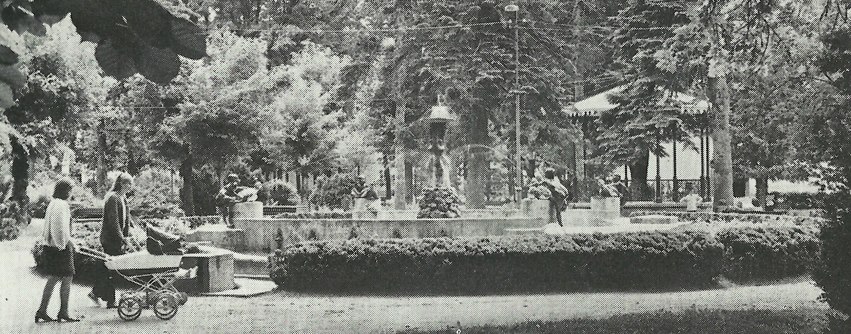



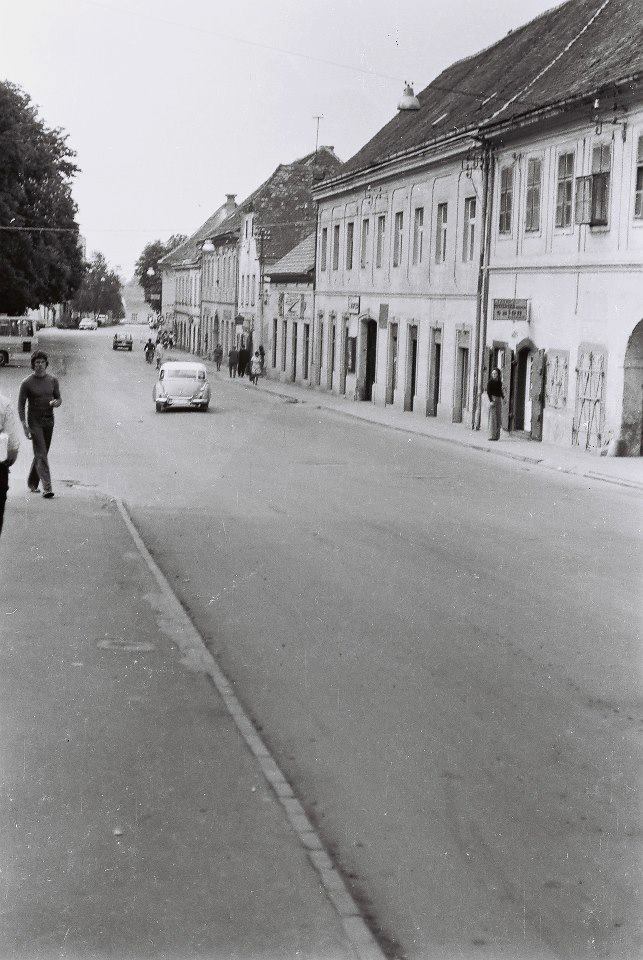


Petrinja has always been a town of the Christian religion. Many Orthodox Christians fled to the area to escape the invading Ottomans. The name of the town's most famous industrial family, Gavrilović, for instance, is more associated with Orthodox Serbia than Catholic Croatia. But, by 1948, over 82% of the town identified as Croatian. The town and surrounding areas were repopulated following the Second World War, for political and economic reasons. By 1981, 31.36% of the population of historic Petrinja and its surrounding settlements identified as Serbs, 39.31% as Croats and 24.69% as Yugoslavs. If you're not from the region, that might be difficult to get your head around.








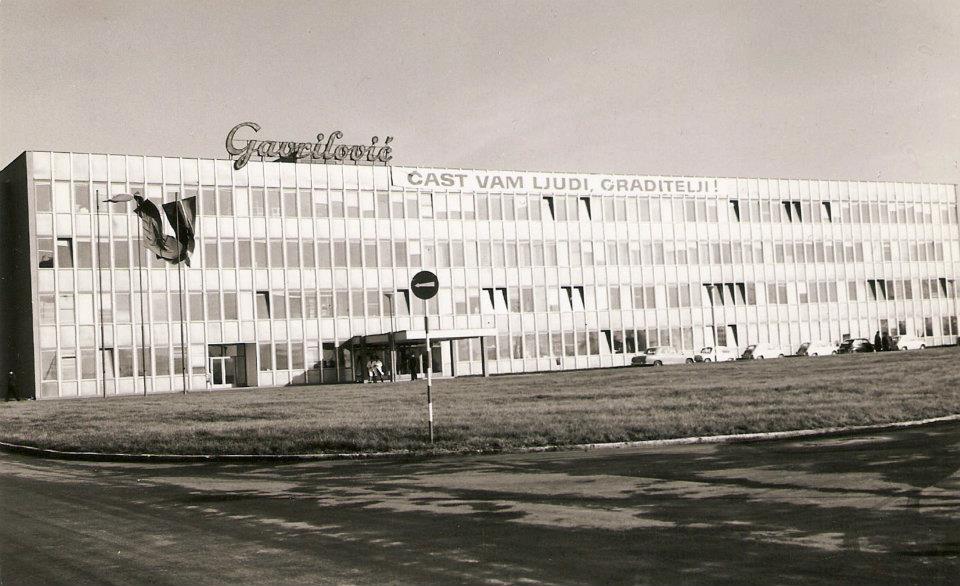
”Even in the times of the Iron Curtain, the Gavrilović company supplied meat to the American army who were stationed in some areas of southern and eastern Europe,” a resident of historic Petrinja tells TCN. “Everyone across Yugoslavia knew about this company. They had lots of great products – they still do! Many people used to work there,” Although the Gavrilović family fled the area after the Second World War, when the company was seized and nationalised by communist authorities, they came back in the 1990s to save it from bankruptcy. They returned production to the historic Petrinja area and today the company is run by the ninth generation of the Gavrilović family to be at the helm



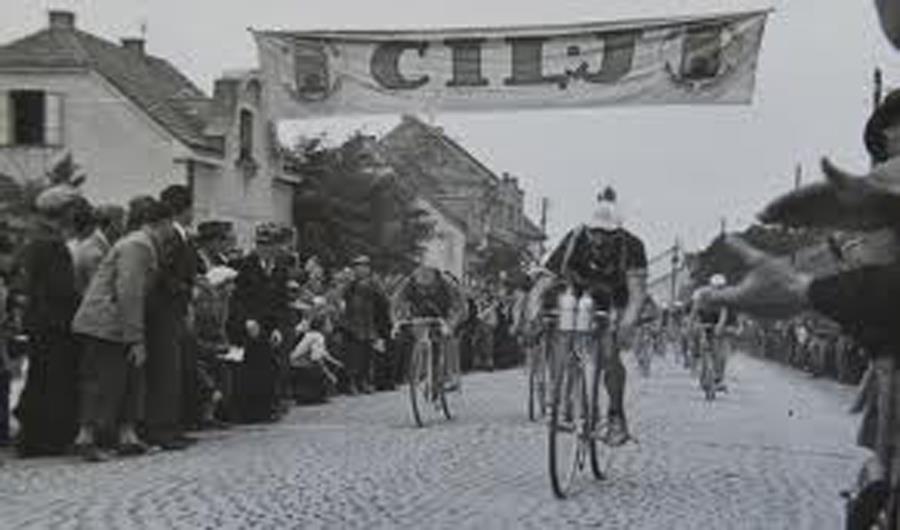
















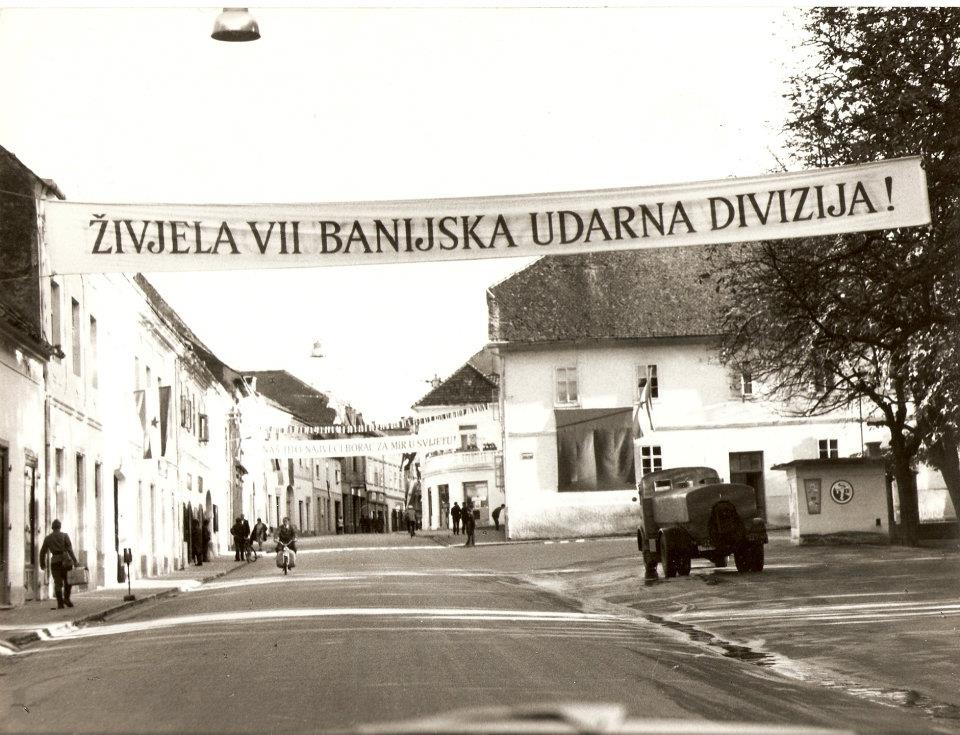






Croatia is renowned for many famous sculptors, not least Ivan Mestrovic, whose works appear all over the world. However, the first sculpture ever produced in Croatia as a public work of art was a statue of 'people's politician' Stjepan Radić, who came from nearby Desno Trebarjevo, Martinska Ves. It was made by Croatian sculptor Mila Wod (1929 in historic Petrinja). It was unveiled in Petrinja in 1936, but removed and vandalised during the 1991-1995 occupation, but found nearby, restored and returned to the centre of Petrinja in1999 in a square now named after Stjepan Radić.
 © Tourist Board of Petrinja
© Tourist Board of Petrinja
All photos © Tajanstvena Hrvatska / Public domain unless otherwise identified


